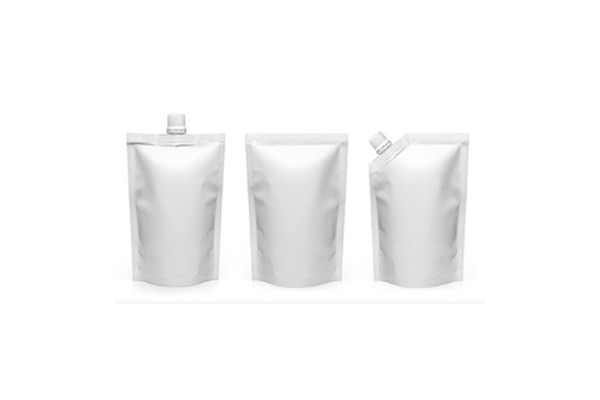Flexible packaging is a modern, innovative approach to packaging that emphasizes adaptability and functionality. Unlike traditional rigid packaging, flexible packaging consists of materials that can be easily bent, folded, or squeezed. This category includes a wide array of packaging formats, from bags and pouches to films and wraps, making it an integral part of various industries, including food, pharmaceuticals, cosmetics, and consumer goods.
Characteristics of Flexible Packaging
- Material Composition: Flexible packaging is typically made from a combination of plastic films, foils, paper, and other substrates. These materials can be layered to enhance strength, barrier properties, and appearance. Common materials include polyethylene (PE), polypropylene (PP), polyester (PET), and aluminum foil. Each material serves specific purposes, such as moisture resistance, UV protection, and sealing capabilities.
- Form and Structure: Unlike rigid packaging, which holds a fixed shape, flexible packaging can take on various forms. It can be easily molded into different shapes, sizes, and designs, making it suitable for a wide range of products. Common forms include stand-up pouches, flat bags, shrink sleeves, and roll stock.
- Lightweight and Space-Efficient: One of the significant advantages of flexible packaging is its lightweight nature. This feature helps reduce transportation costs and carbon footprint, as lighter packages consume less fuel during shipping. Additionally, flexible packaging can often be stored more efficiently due to its space-saving properties, allowing for better inventory management.

Applications of Flexible Packaging
Flexible packaging finds applications in numerous sectors, each benefiting from its unique properties:
- Food and Beverage: The food industry is one of the largest users of flexible packaging. Products such as snacks, frozen foods, and beverages often come in flexible formats that extend shelf life and maintain freshness. Stand-up pouches, for example, are popular for their ease of use and visibility on store shelves.
- Pharmaceuticals: In the pharmaceutical sector, flexible packaging is used for blister packs, sachets, and strips. These formats provide barrier protection against moisture and contamination, ensuring that medicines remain effective and safe for consumption.
- Personal Care and Cosmetics: Flexible packaging is increasingly being adopted for personal care products, including lotions, shampoos, and cosmetics. Pouches and tubes allow for convenient dispensing while reducing material waste compared to rigid containers.
- Household Products: Items like detergents, cleaning supplies, and pet food are also packaged in flexible formats. These packages often feature easy-to-use designs, such as spouts or resealable closures, enhancing user experience.
Advantages of Flexible Packaging
- Sustainability: As environmental concerns grow, flexible packaging is often seen as a more sustainable option. Many flexible packaging materials are recyclable, and advancements in biodegradable and compostable films are emerging. Additionally, the lightweight nature of flexible packaging reduces transportation emissions.
- Cost-Effectiveness: The production and material costs associated with flexible packaging can be lower than those for rigid packaging. The ability to produce smaller batches with customized designs also allows companies to respond quickly to market trends and consumer demands.
- Enhanced Shelf Appeal: Flexible packaging offers extensive opportunities for branding and marketing. High-quality graphics can be printed directly onto the packaging, allowing for eye-catching designs that attract consumers. The versatility in shapes and sizes also enables brands to differentiate their products on the shelves.
Challenges of Flexible Packaging
Despite its many advantages, flexible packaging does present challenges. The recyclability of certain materials can be complex, as not all flexible packaging is accepted in curbside recycling programs. Additionally, ensuring the integrity of flexible packaging during transportation and storage is crucial, as it can be more susceptible to punctures and damage compared to rigid containers.
Conclusion
Flexible packaging represents a dynamic and evolving segment of the packaging industry. Its adaptability, lightweight nature, and cost-effectiveness make it an attractive option for various applications. As sustainability continues to be a driving force in consumer preferences, the development of innovative flexible packaging solutions will likely expand, further cementing its role in modern packaging practices. Whether in food, pharmaceuticals, or personal care products, flexible packaging will continue to shape the way products are presented and preserved for consumers.
Post time: 10-26-2024

